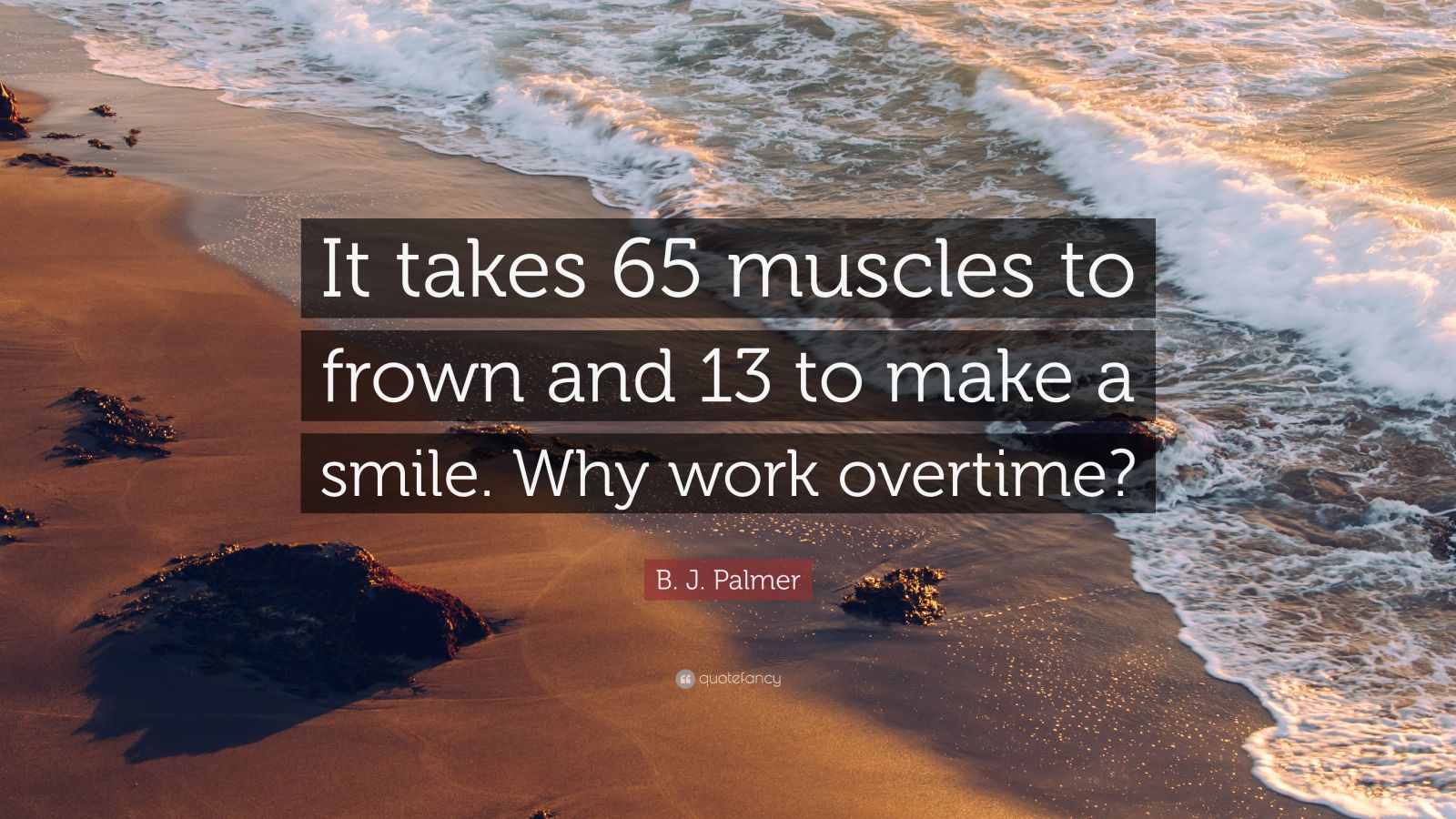It takes more muscles to frown than it does to smile

It Takes More Muscles to Frown than it Does to Smile

We have all heard the saying, “It takes more muscles to frown than it does to smile.” While this phrase is commonly used to encourage a positive and cheerful attitude, is there any truth behind it? In this article, we will explore the science behind this statement and see if there is any merit to it.
To begin with, let’s take a closer look at the act of frowning. A frown is a facial expression characterized by furrowing one’s brow, which creates lines or creases on the forehead. When we frown, we engage a variety of muscles, including the corrugator supercilii, procerus, and depressor glabellae. These muscles work together to pull the eyebrows downwards and create a furrowed appearance.
On the other hand, when we smile, we activate different sets of muscles. The zygomaticus major and minor muscles, along with the orbicularis oculi, are responsible for the formation of a genuine smile. These muscles work together to lift the corners of the mouth and create a pleasant expression.
Now, let’s address the claim that it takes more muscles to frown than it does to smile. According to a study published in the journal Emotion, conducted by researchers at the University of California, Berkeley, smiling and frowning both require almost the same amount of muscle activity 1^. Contrary to popular belief, this study suggests that there is no significant difference in the number of muscles used for these facial expressions.

Despite this finding, it’s important to note that smiling and frowning can have varying effects on our mood and overall well-being. Research has shown that deliberately smiling, even when we don’t feel happy, can actually elevate our mood and reduce stress levels 1^. On the other hand, frowning has been linked to increased feelings of sadness and distress.
So why does the saying persist if there is no scientific evidence to support it? It could be attributed to the popular belief that smiling is more desirable and socially acceptable than frowning. Smiling is often associated with happiness, friendliness, and approachability. In contrast, frowning is seen as a negative expression that may indicate anger, frustration, or unhappiness.
In conclusion, while it may not take more muscles to frown than it does to smile, the positive effects of smiling on our mood and well-being cannot be ignored. So, let’s keep on smiling and spreading positivity, knowing that it has the power to brighten our day and perhaps even influence those around us.
- Krumhuber, E., Manstead, A. S., Cosker, D., Marshall, D., & Rosin, P. L. (2007). Effects of dynamic attributes of smiles in human and synthetic faces: a simulated job interview setting. Journal of Nonverbal Behavior, 31(2), 101-117. ↩
Tags
Share
Related Posts
Quick Links
Legal Stuff

